Recently we had an informative discussion with Monisha Kaltenborn about her former career in Formula 1 and her current role as CEO of Racing Unleashed – a business aiming to provide sim racing to the masses via simulator centres filled with top-of-the-line equipment.
On listening to our podcast with the former Team Principal, CEO and Co-owner of the Sauber Formula One Team, Kaltenborn said something that struck a chord with me. She described real motorsport as ‘analogue’ and simulated motorsport as ‘digital.’
Too often, we sim racers will have been watching an esports event broadcast on YouTube, and in the comments or live chat, we’ll have seen dismissive motorsport fans describe the action as ‘fake’ or incomparable to ‘real’ motorsport.

They’re correct to a degree – you simply cannot compare the g-forces of a real racing car to a sim. You also cannot compare the costs involved, or the risks of stacking an expensive racing car into the barriers, necessitating a full rebuild and a whole night’s work for a team of tired mechanics.
But does this mean sim racing is ‘fake’? In my opinion, no. As Kaltenborn said herself: “Both are real.”
For me, this is the perfect way to define the ‘real vs sim’ arguments that have gained traction during the sim racing boom of the past two years.
It’s analogue racing versus digital racing!
Sim racing is not real.

Are you sure? Am I not sitting on a real seat in front of a monitor, battling against the force feedback on my direct drive wheel, dancing on the pedals exhibiting exquisite car control (FACT CHECK) while competing against like-minded people around the world? Are all these skills not real?
Of course, they’re real. The equipment is real, the engineering behind the vehicle dynamics is real and, above all, the competition is real. So the phrase Kaltenborn uses – analogue versus digital – is a perfect description of the situation regarding motorsport and sim racing.
They’re not the same, but they happily co-exist. F1 teams’ simulator work improves their cars out on track. Drivers such as Lando Norris or Max Verstappen use sim racing to maintain their race craft and keep their reactions sharp. When you sim race against people equally as quick as you, you need to be consistent, patient and make calculated decisions – just like ‘real life’ racing.
Laser scanning technology means sim racing is a viable option for drivers learning track layouts, and advanced simulation tools such as computational fluid dynamics mean F1 teams can test and develop upgraded parts before they’re attached to a real car. More on this later…
Technology advances mean we live in an era where it is possible for sims to be so advanced they can contribute and complement professional ‘real’ racing – you wouldn’t see Ferrari-era Alain Prost learning anything from Super Monaco GP on his Game Gear, would you?*
Means to an end
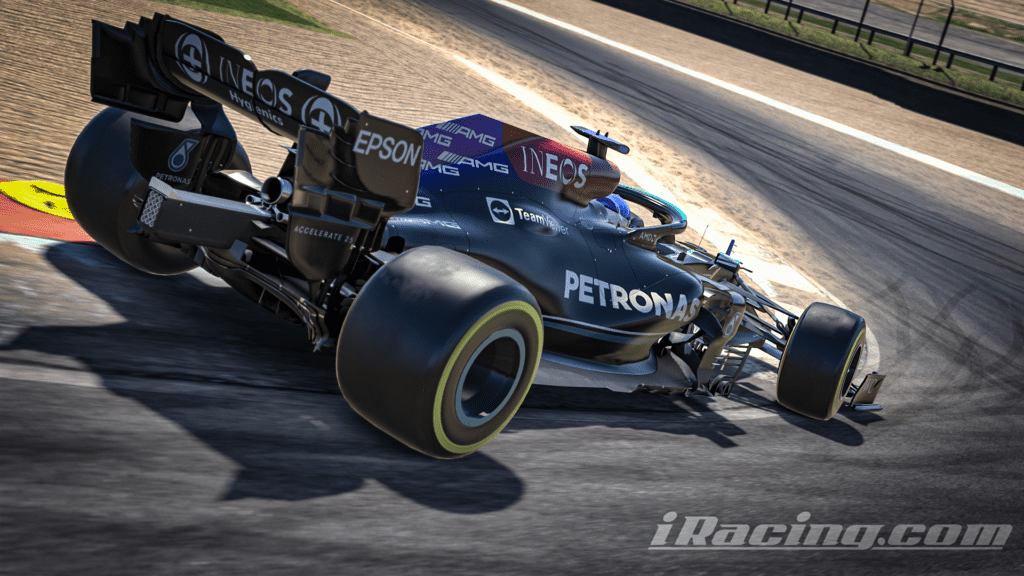
Sim racing doesn’t just have to be a hobby or a training tool for real racers, it can be a full-time career too. Streamers such as Jimmy Broadbent have popularised sim racing over the past few years and brought a variety of racing games to a wide audience.
If you look at the Ferrari Driver Academy Esports Team (FDA Esports), they pay sim racers to represent the brand in large esports events like the official Formula 1 Esports Series. Other F1 teams followed suit, with Mercedes boasting the likes of sim racing legend Bono Huis and 2020-21 F1 Esports Series winner Jarno Opmeer.
Manufacturers are also becoming more aware of the interest among fans for esports series in general, with Ferrari themselves putting up an FDA Esports drive as a prize for winning its Ferrari Esports Series this year (claimed by Kamil Pawlowski in 2021).
The boom of esports in the Covid-19 era has created opportunities for employment that simply weren’t there before. Esports broadcasters, drivers, teams, engineers, streamers and even racing games websites are viable vocations and employers. I’ve been lucky enough to earn a living from the industry too, along with a number of my sim racing colleagues (including Traxion’s very own John Munro!)
It gets serious now…
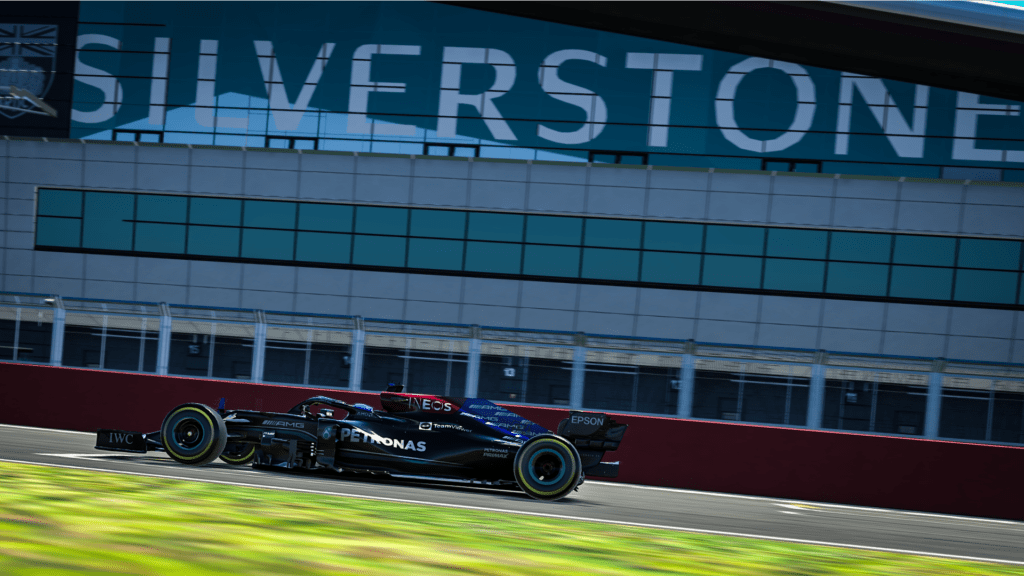
I mentioned previously that F1 teams are relying more on simulation tools to develop their cars. This has become ever more important thanks to F1’s infamous cost cap and test day restrictions. We’ll use the top team in F1 right now, Mercedes-AMG Petronas Formula One, as an example. Ivo Marlais, Lead of the VDG Simulation department explains why simulation is so important to improving their car:
“As the sport becomes more restrictive in terms of track testing, the opportunities to use the car on track become limited, and as we look to control costs simulation tools are a very economical way of developing and improving the car, without ever having to drive on track.”
Valterri Bottas also sees the benefit of working with sim tools, saying: “It’s almost like a test day when I’m in the simulator. And it’s really valuable for me – and for the team – approaching the weekend.”
If we keep looking at Mercedes – and we should since it’s dominated the sport since 2014 – they employ full-time simulator drivers. One such is Anthony Davidson, a hugely-successful sportscar racer in his own right. He’s tasked with testing and evaluating car upgrades, as well as improving the correlation between the sim and the real car.
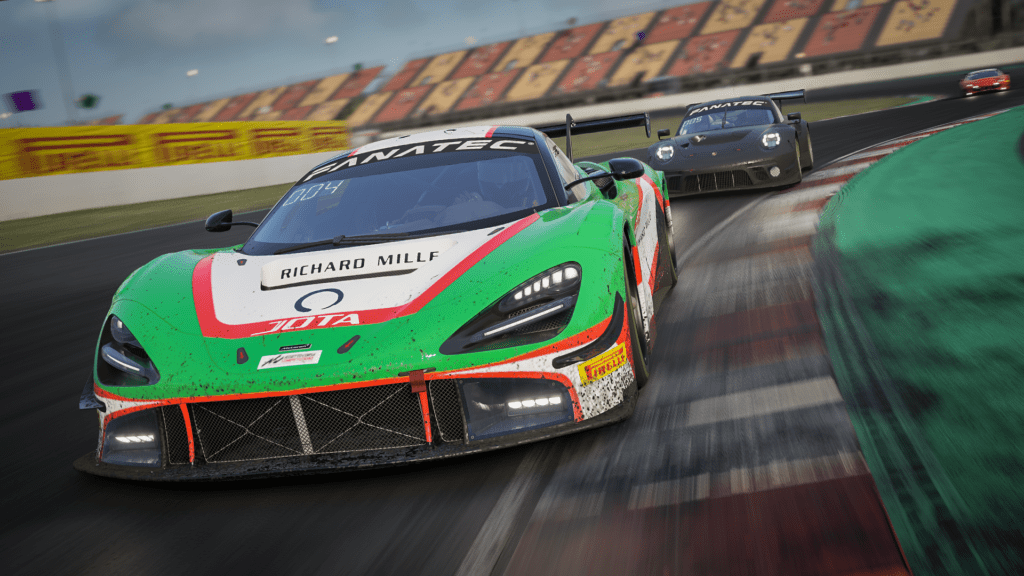
Naturally, F1 engineers have access to real-life telemetry taken from the real car, and almost all modern sims have the same features. Therefore, to get as much accuracy between real life and the sim as possible, engineers can tweak the sim software’s code to mimic data gathered from a race weekend. This helps improve the effectiveness of the simulator for future car development.
There are no hotel bills to be paid, no transporters to be fuelled up and no overtime wages for mechanics. All the work can be done from the team’s base at Brackley with only one sim driver and an engineer. All positive steps in creating a greener and more positive future for the sport.
When presented with the opportunity to test the real Mercedes W12 F1 car at Silverstone, Davidson was apprehensive about the g-forces he was about to experience. But afterwards, when reflecting on his test, he remarked: “There’s so much I can take away from today, to take back to the sim and further improve it.”
So although he recognises the sim doesn’t correlate perfectly to the real car, it’s clear that as technology advances we will continue to see the gap between real-life and simulators close.
Mercedes even worked closely with iRacing to bring its current F1 car to the sim, and it’s gained plaudits from the sim racing community due to its detailed dynamics and absurd levels of grip. I’ve even sampled its capabilities with a highly realistic test around Knockhill. Another reason sim racing is great – crazycombinations of car and track are possible!
Sim racing is real racing
Of course, sim racing isn’t going to fully prepare you for the rigours of a season racing GT3 monsters or the sheer physical demands of a slicks and wings formula like F1, but there are definitely transferable skills.
Former sim racing sceptic Daniel Ricciardo has even expressed a change in opinion on the matter, saying: “At first, I thought it was just something fun to pass the time, but I definitely see that there’s a bit more to it now… Now it’s like what can I really learn from it?”
Like many top athletes, trying to find something, anything, to improve your performances is worthwhile even if it only produces a 1 per cent gain. Regular sim racers like Norris and Verstappen attribute digital racing to keeping them sharp during the off-season and the rest of the analogue grid is coming round to their way of thinking.
In the examples of Ferrari and Mercedes, we can see manufacturers recognise the importance of sim racing, and in F1 especially sim racing has become an important tool in developing real cars. Real jobs for real people have been created because of sim racing, and the spirit of competition in a sim race is real too; with real prizes, real salaries and real engineers behind the scenes contributing to the action. Just like motorsport.
As Monisha Kaltenborn said, sim racing is real. It’s as real as motorsport. Real but different.
Analogue versus digital.
*He preferred Tetris on the Game Boy anyway. Allegedly.




Chat with the Community
Sign Up To CommentIt's completely Free